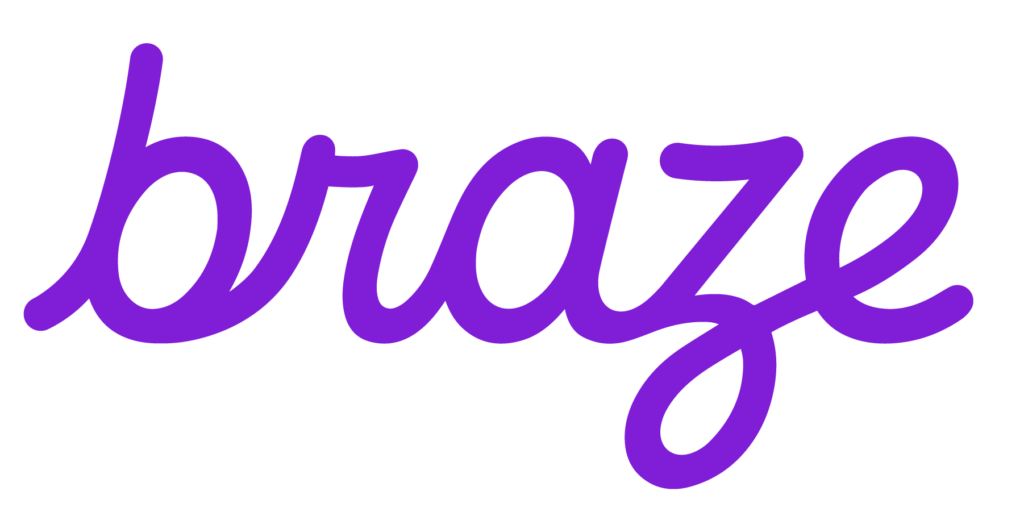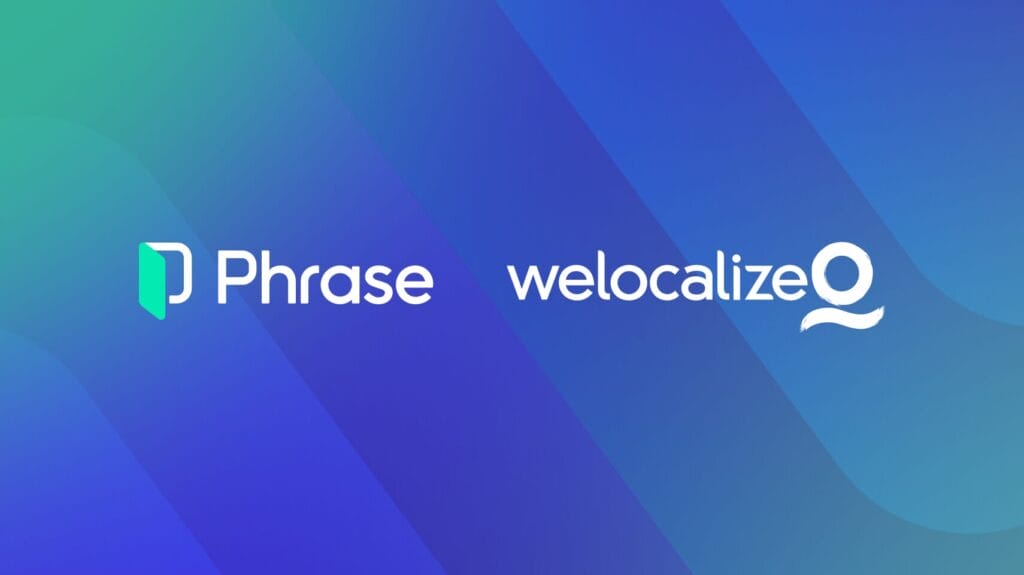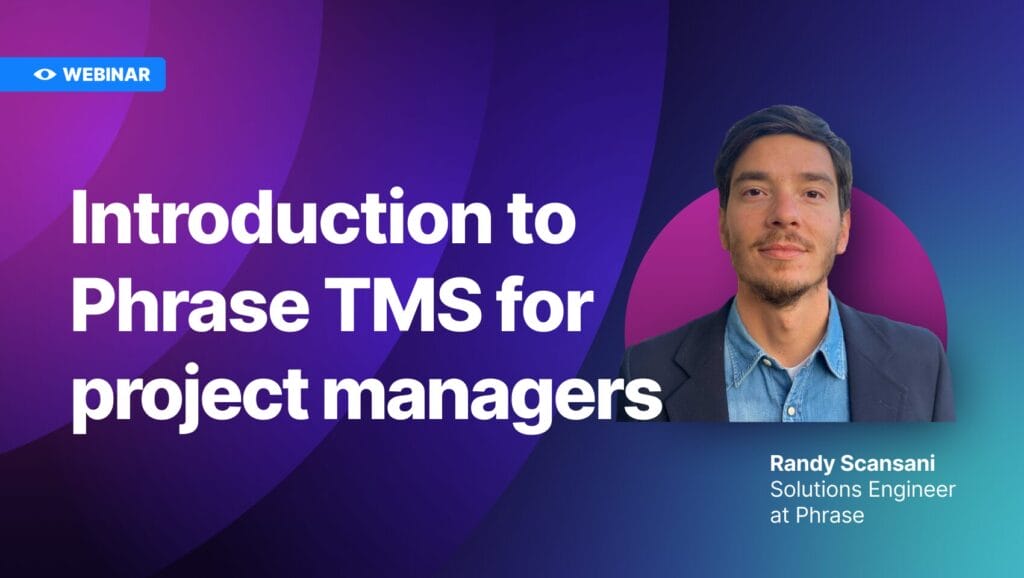The most comprehensive
translation solution on the market
The Phrase Platform provides all the translation and localization solutions you will ever need in one streamlined platform.
The Phrase Platform is so much more than a translation management solution. From powerful workflow management and automation, and machine translation, to translation memory and quality assurance—we’ve got you covered.
“The go-to, end-to-end localization solution that offers—at scale—unprecedented levels of customization, automation, and reporting to help you truly connect with new audiences and drive global growth”
The Total Economic Impact of Using Phrase (TEI) study by Forrester Consulting


View our translation and localization solutions
Machine translation
Our machine learning technology delivers fast and cost-effective translations in multiple languages with minimal manual work.
Workflow management and automation
Automate repetitive or manual tasks and reduce communication overhead.
Professional translation services
Our translation management software allows you to order translations and other language services from professionals faster and with greater ease.
Software localization
Use the power of a scalable software localization platform to enter new markets and connect with your target audience more quickly.
Website localization
Utilize the widest selection of translation tools and features to attract an international audience to your website and connect with new markets.
Translation management
Improve automation and turn-around speed with a platform built for agile and continuous localization.
Game localization
Unlock the full potential of your video games and bring them to new audiences across the globe.
App localization
Start publishing your app translations in real time without waiting for the next deployment.
Localization management
Set up your localization process for global growth and take your web-based and other digital products to the next level.
Translation quality assurance
Ensure consistent, high-quality translated content across all languages.
Multilingual UX
Level up your user interface (UI) translation to provide a smooth customer experience across markets.
Collaborative localization
Bring all stakeholders together on one platform to improve efficiency and productivity.
Technical translation
Translate your technical documentation in as many languages as you need to inform customers worldwide.
Document translation
Translate files like Word documents, slide decks, blog articles, or emails using our translation editor.

Marketing content & campaign localization
Phrase streamlines localization of marketing content, from emails to landing pages.

Language and content accessibility
Translate, subtitle, dub, and simplify content in one platform, so everyone can access your content.

Customer support content localization
Fast, secure, and accurate multilingual customer service across channels, teams, and tools.

Stakeholder management
Simplify translator management, streamline internal collaboration, and gain full visibility over every step from task assignment to final review.

AI subtitles
Automatically generate accurate, time-synced subtitles to make your video content accessible and ready for global audiences faster than ever.

AI dubbing
Create high-quality, multilingual voiceovers with Phrase Studio’s automatic dubbing tools; perfect for e-learning, marketing videos & more.





























